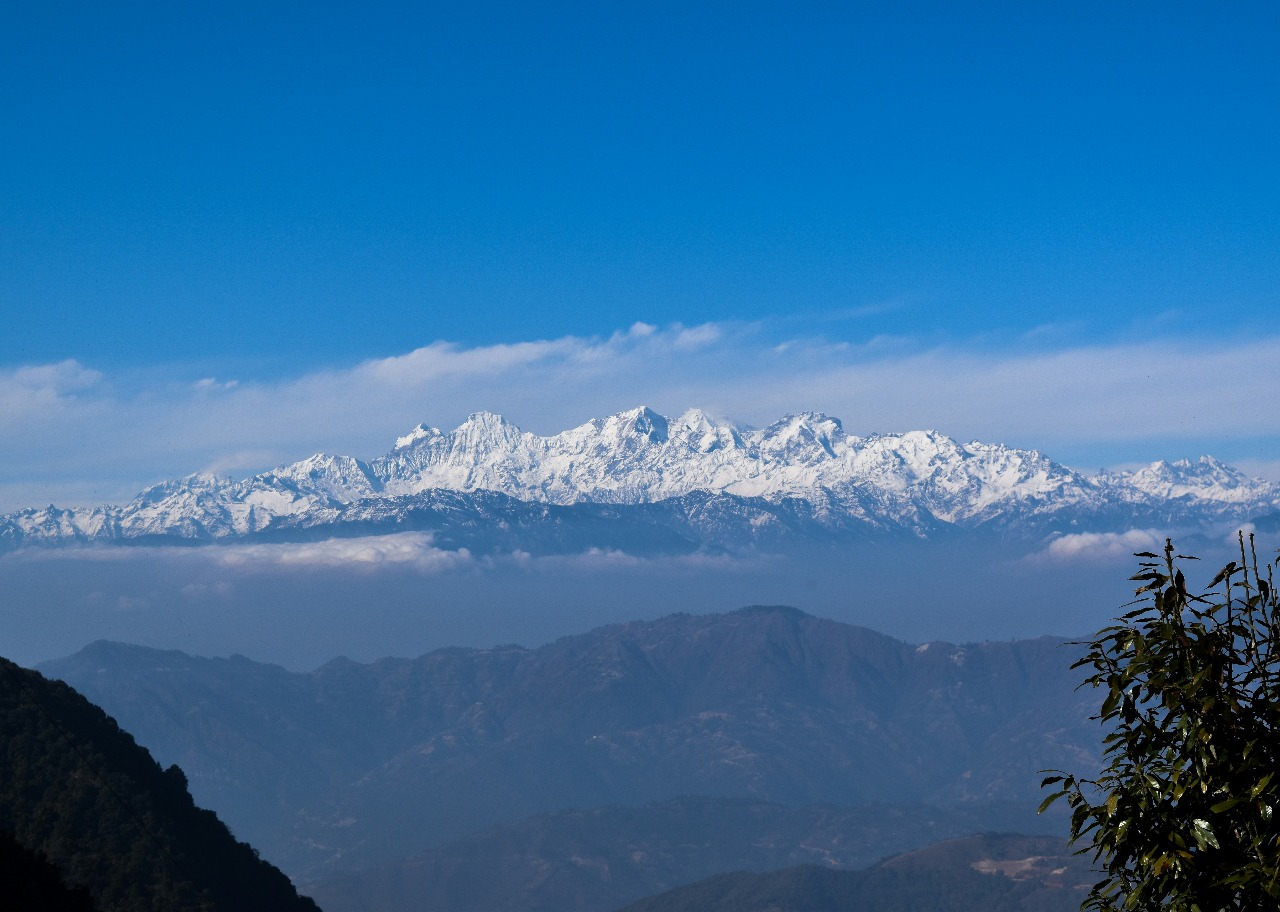If you want to trek while exploring the traditional lifestyle of the ethnic Tamangs who migrated from Tibet, this trek is perfect for you. Experience the richness of Tamang culture as you journey through stunning landscapes and vibrant villages.
+977 9851191802
info@everestdestinytreks.com
Google Review




